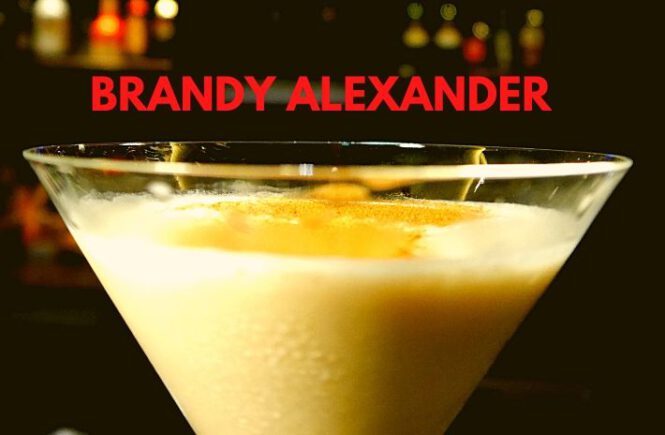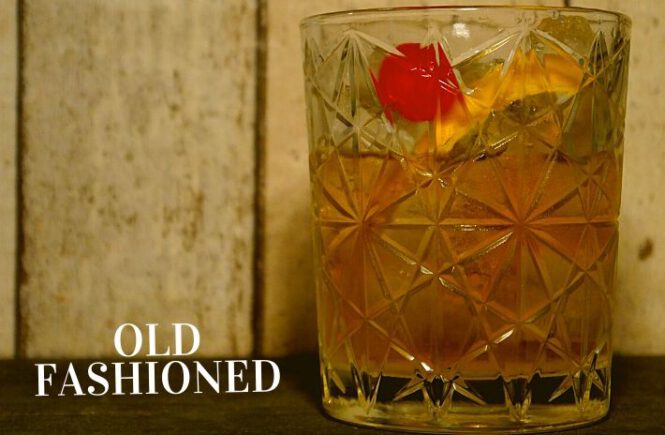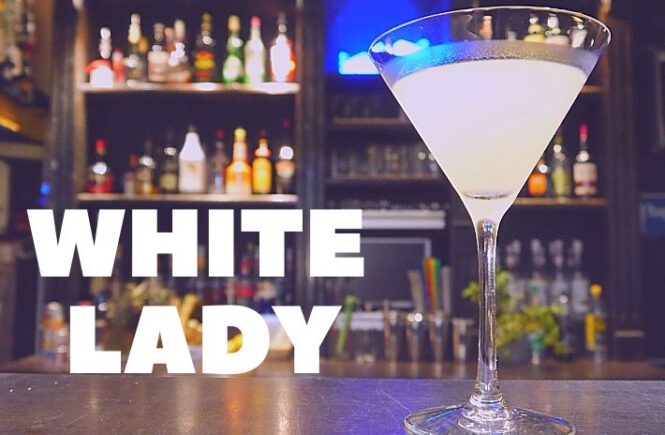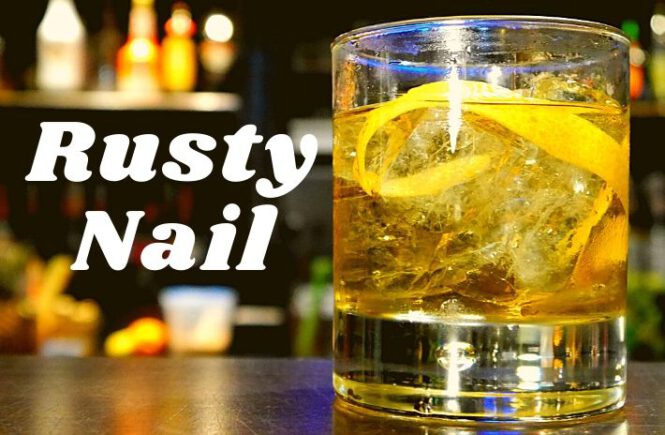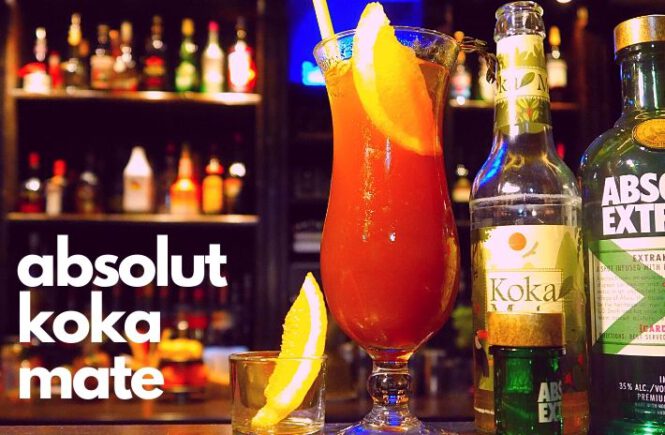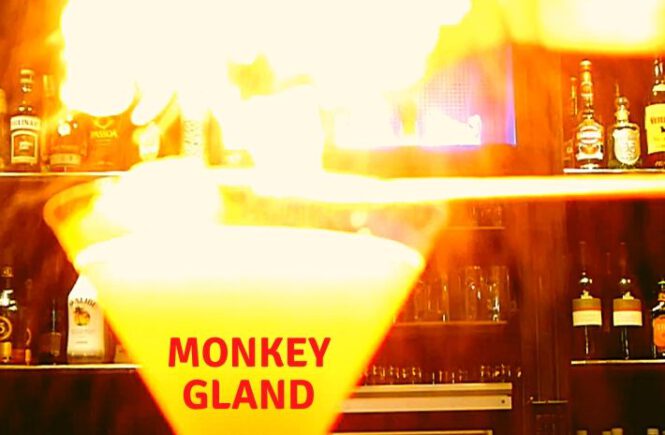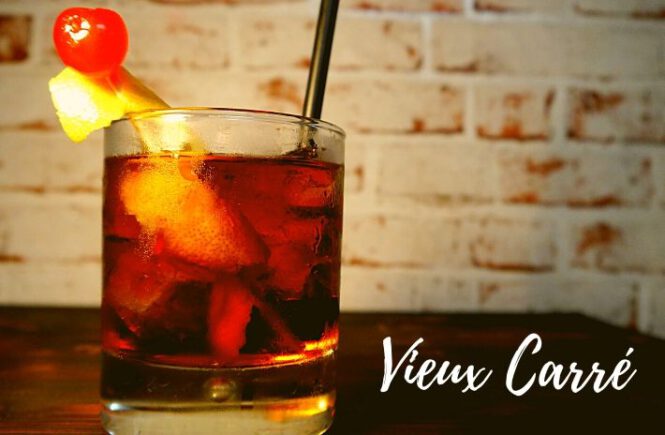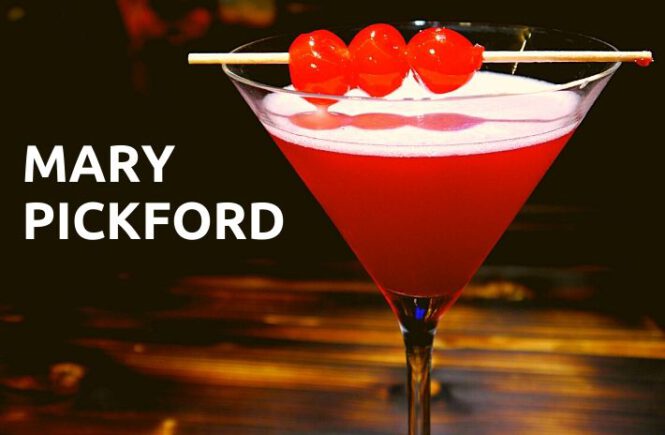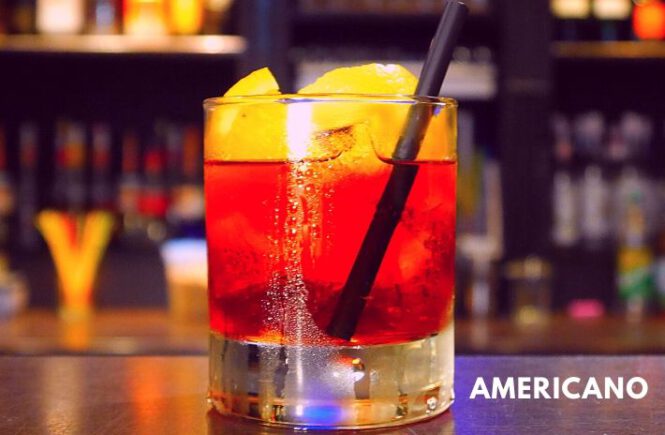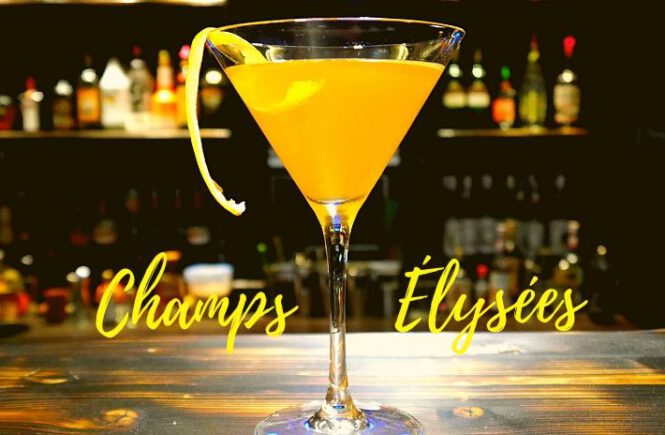The Brandy Alexander cocktail is a brandy-based cocktail consisting of cognac, crème de cacau and cream that became popular during the early 20th century. It is a variation of an earlier, gin-based cocktail called simply an Alexander. The cocktail known as Alexander today may contain gin or brandy.
INGREDIENTS
- 30 ml/ 1 oz. Cognac
- 30 ml/ 1 oz. crème de cacau (white)
- 30 ml/ 1 oz. cream
METHOD
- Pour ingredients into a cocktail shaker with ice.
- Shake briskly.
- Strain into chilled cocktail glass.
- Sprinkle with fresh ground nutmeg.
SHOPPING LIST
- Cognac Remy Martin VSOP | USA * | UK* | Germany*
- Crème de cacau (white) | USA | UK* | Germany*
- Glasses| USA* | UK* | Germany*

